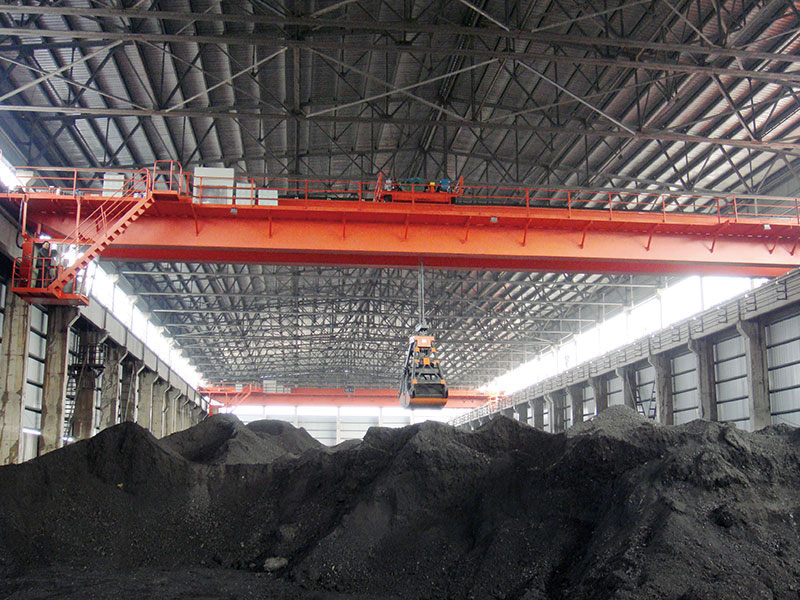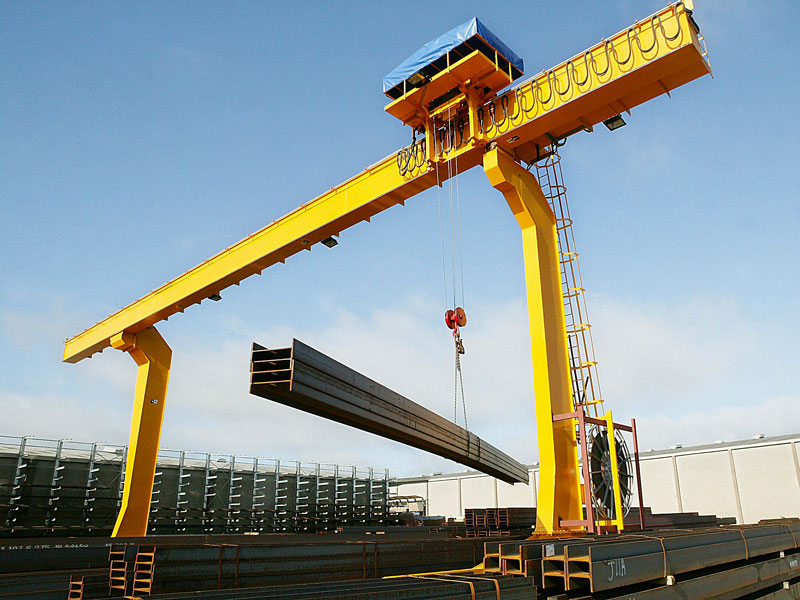Lifting equipment is a kind of transportation machinery that lifts, lowers, and moves materials horizontally in an intermittent manner. And the hoisting machinery refers to electromechanical equipment used for vertical lifting or vertical lifting and horizontal movement of heavy objects. Its scope is defined as lifts with a rated lifting capacity greater than or equal to 0.5t; a rated lifting capacity greater than or equal to 3t (or a rated lifting moment greater than or tower cranes equal to 40t/m, or loading and unloading bridges with a productivity greater than or equal to 300t/h) and cranes with a lifting height greater than or equal to 2m; mechanical parking equipment with a number of floors greater than or equal to 2. The operation of lifting equipment is usually repetitive in nature. The crane has high working efficiency, good performance, simple operation, safety and reliability. With the development of modern technology and the advancement of various industries, there are now various types and brands of cranes sold on the market. The following will briefly introduce all the basic crane types currently on the market.
Gantry cranes, commonly known as gantry cranes and gantry cranes, are generally used for the installation of large-scale equipment projects. They lift heavy goods and require a wide space. Its structure is as the word says, like a gantry, with the track laid flat on the ground. The old-fashioned one has motors at both ends to drag the crane back and forth on the track. Many gantry types use variable frequency motors to drive them for more accurate installation.
The main beam of single-girder bridge crane bridge mostly adopts I-shaped steel or a combined section of steel profile and steel plate. Lifting trolleys are often assembled with hand chain hoists, electric hoists or hoists as lifting mechanism components. The double-girder bridge crane is composed of straight rails, crane main beam, lifting trolley, power transmission system and electrical control system. It is especially suitable for material transportation in a flat range with large suspension and large lifting capacity.
The electric hoist has a compact structure and uses a worm gear drive with the motor axis perpendicular to the drum axis. The electric hoist is a special lifting equipment installed on the crane and gantry crane. The electric hoist has the characteristics of small size, light weight, simple operation, and convenient use. It is used in industrial and mining enterprises, warehousing, docks and other places.
New Chinese-style crane: In response to customers’ higher requirements for cranes, combined with the company’s own strength and processing conditions, guided by the modular design concept, using modern computer technology as a means, it introduces optimized design and reliability design methods, and uses new materials , a new Chinese-style crane completed with new technology that is highly versatile, intelligent and high-tech.
Before a crane is put into use, a crane supervision and inspection report issued by a special equipment inspection agency must be obtained, and the equipment installation work must be completed by a unit with installation qualifications. Special equipment that has not been inspected or failed to pass the inspection shall not be used.
Some lifting machinery operators still need to hold certificates to work. At present, the certificates of lifting machinery managers are uniformly A certificate, the certificates of lifting machinery commanders are Q1 certificates, and the certificates of lifting machinery operators are Q2 certificates (marked with limited scope such as “overhead crane driver” and “gantry crane driver”, which need to be consistent with the ones used. matching the type of lifting machinery). Personnel who have not obtained the corresponding qualifications and licenses are not allowed to engage in the operation and management of lifting machinery.









